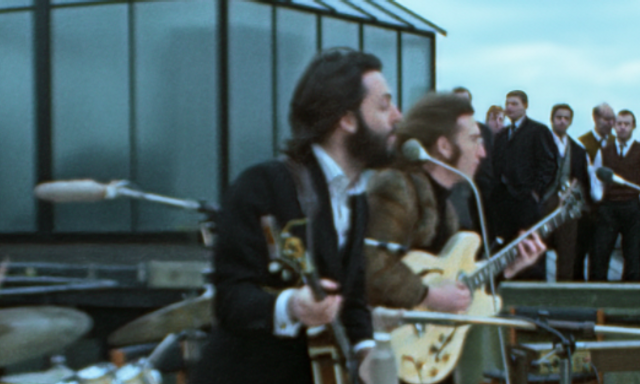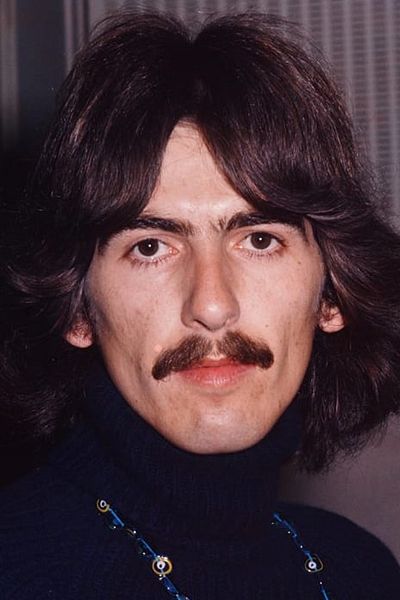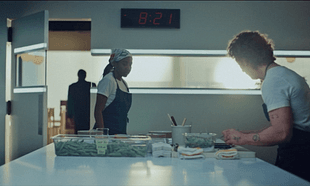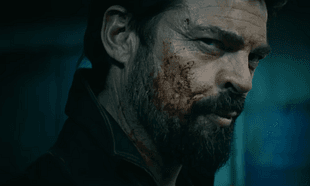There are so many different types of a music documentary; there’s the concert film like ‘Stop Making Sense’ or ‘Shine A Light’, a fly-on-the-wall documentary like ‘Some Kind Of Monster’ or a narrative like the ‘The Decline of Western Civilisation’ films.
‘The Beatles: Get Back’ is somewhat a mix of the three documentary sub-genres.
If there was ever a director that could tackle over 50 hours of footage and turn it into a self-indulgent three-part series, it’s Peter Jackson.
Jackson made World War 1 poignant in ‘They Shall Not Grow Old’ in 2018, so Jackson and his motley crew have combed through dozens of hours of footage to show perhaps history’s most famous band on the road to decline.
‘Get Back’ shows The Beatles post-White Album, the first sign of a rift happening between The Beatles.
The series starts with the quartet rehearsing for a televised special and must come up with some new songs (or rework old classics) with two weeks of rehearsal time.
With this being a documentary about The Beatles circa 1969, not everything goes to plan, and it’s all documented in painstaking detail.
The undisputed highlight of the entire series is 1 hour and 8 minutes into the first episode; George, Ringo and Paul are waiting for John to come back from lunch and are short on ideas, when Paul conjures up what was to become ‘Get Back’ out of thin air.
It’s one of those moments you can’t believe the cameras picked up and single-handily makes the entire documentary worthwhile.
Even writing what happened in that scene can’t do it justice, it is one of those moments that must be seen to be believed.
There is a painstaking amount of detail in play; there's an idle conversation between George and Ringo about what was on TV the previous night and it shows the TV listings for that particular day or a clip from the programme they're talking about.
Linda McCartney is shown taking photos of the process, and the photos she actually took appear on screen.
Any other documentary wouldn't have gone through the effort of fleshing out what's said and implied in the confines of the Twickenham rehearsal space.
There is a sense of authorship with the series – Paul McCartney and Ringo Starr are producers on the project, as are Yoko Ono and Olivia Harrison – and interestingly Paul and Ringo are the band members that come out looking the best from the process.
Over the course of the series, Paul McCartney looks increasingly like the main driving force behind The Beatles, John Lennon is incredibly bored and would rather be anywhere else, George Harrison just wants to be heard, and Ringo Starr is the glue keeping everything together.
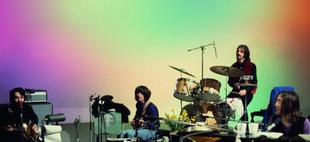
In multiple scenes, Paul McCartney gives a rallying team talk like a manager whose side are 2-0 down at half-time and attempts to rally the troops, and of course, knowing what was to happen to The Beatles later that same year makes the events that more poignant.
The esteemed Lennon-McCartney relationship gets explored in detail, but as the documentary shows, Paul is the main driving force in that particular relationship by the time the events of the documentary occur.
Episode 2 sees the group draft in Billy Preston, and when you see The Beatles’ creative process in full flow, it's a joy to watch.
Watching the most famous band to ever hash out the finer points of the songs that would end up on the ‘Let It Be’ album is exhilarating for any fan.
Paradoxically, the strength and weakness of ‘Get Back’ is the level of detail.
By the end of the first episode, the viewer becomes weary of the sound of a bass guitar, by the end of the second episode you want to never hear the sound of a bass guitar again.
Jackson and his editor Jabez Olssen have made a film for the Beatles superfan, but what of the average consumer?
There are only so many times you can see Lennon and McCartney work through ‘Don’t Let Me Down’ that you eventually become a fan of the song through Stockholm Syndrome.
‘Get Back’ captures the creative experience extremely well – long, listless moments where nothing much happens, the germs of an idea floating in the air, only for it to crystalise into something truly great.
If you’re able to stomach long stretches of the same 12 chords being worked around while The Beatles try to conjure a song out of thin air, there is a lot to recommend.
There is something compulsive about watching four people past their peak as musicians (by their own admission) and attempting to capture what made them great, and the series ends with the iconic rooftop performance.
‘Bohemian Rhapsody’ is largely pointless until the recreation of the Live Aid concert and it leaves viewers wishing the entire film was like that – in a word, it doesn’t feel earned.
‘Get Back’ earns the iconic rooftop sequence by showing the groundwork that led to that moment.
All the discarded cigarettes, all the back-and-forth sniping at each other’s expense, all the times John Lennon wasn’t that terribly involved in the process – it leads to that one moment of magic.
Employing split-screen shots (a documentary technique mastered in the original ‘Woodstock’ documentary) Jackson and Olssen make the audience feel like they’re really with The Beatles on that chilly London rooftop.
The biggest question lingering with ‘Get Back’ is how does it match up with those other famous documentaries mentioned in the opening paragraph?
The Beatles have been captured on film before of course, with 1970’s ‘Let It Be’ documentary serving as the impetus for this project, but how does ‘Get Back’ compare to something like ‘Stop Making Sense’, ‘Shine A Light’ or ‘The Decline of Western Civilisation’ films?
In truth, it’s a hair away from being in the higher echelon of those music documentaries – and granted, ‘Get Back’ isn’t trying to be like that, it’s a warts and all portrayal of the creative process and not a conventional music documentary.
‘Stop Making Sense’ and ‘Shine A Light’ are joyous, miraculous pieces of filmmaking because it captures the excitement and vitality of iconic groups like Talking Heads and Rolling Stones.
‘Get Back’ is a joyous and miraculous piece of filmmaking for a different reason – it shows some of the most famous people to ever walk the planet as human beings, and they too, have their off-days.
